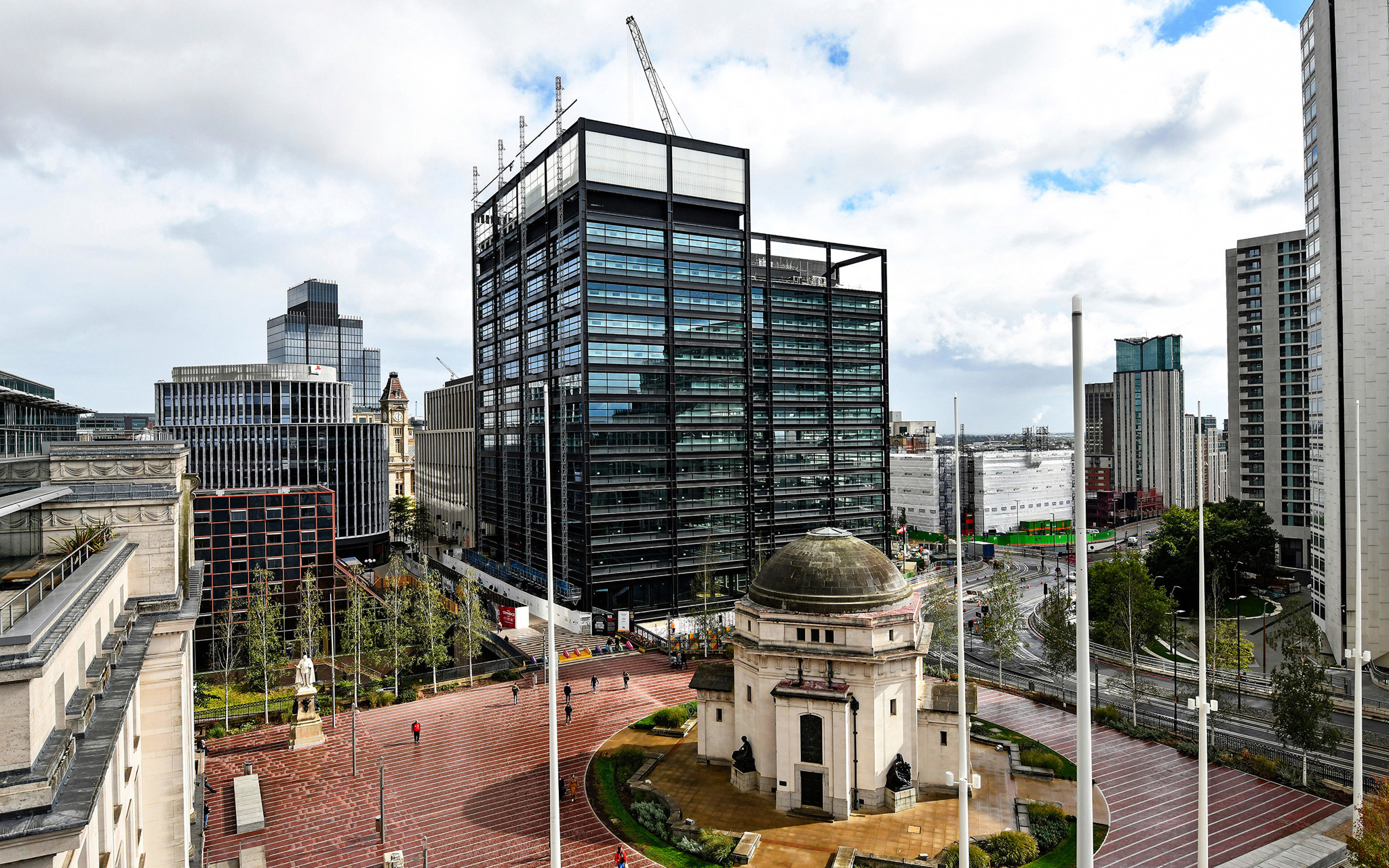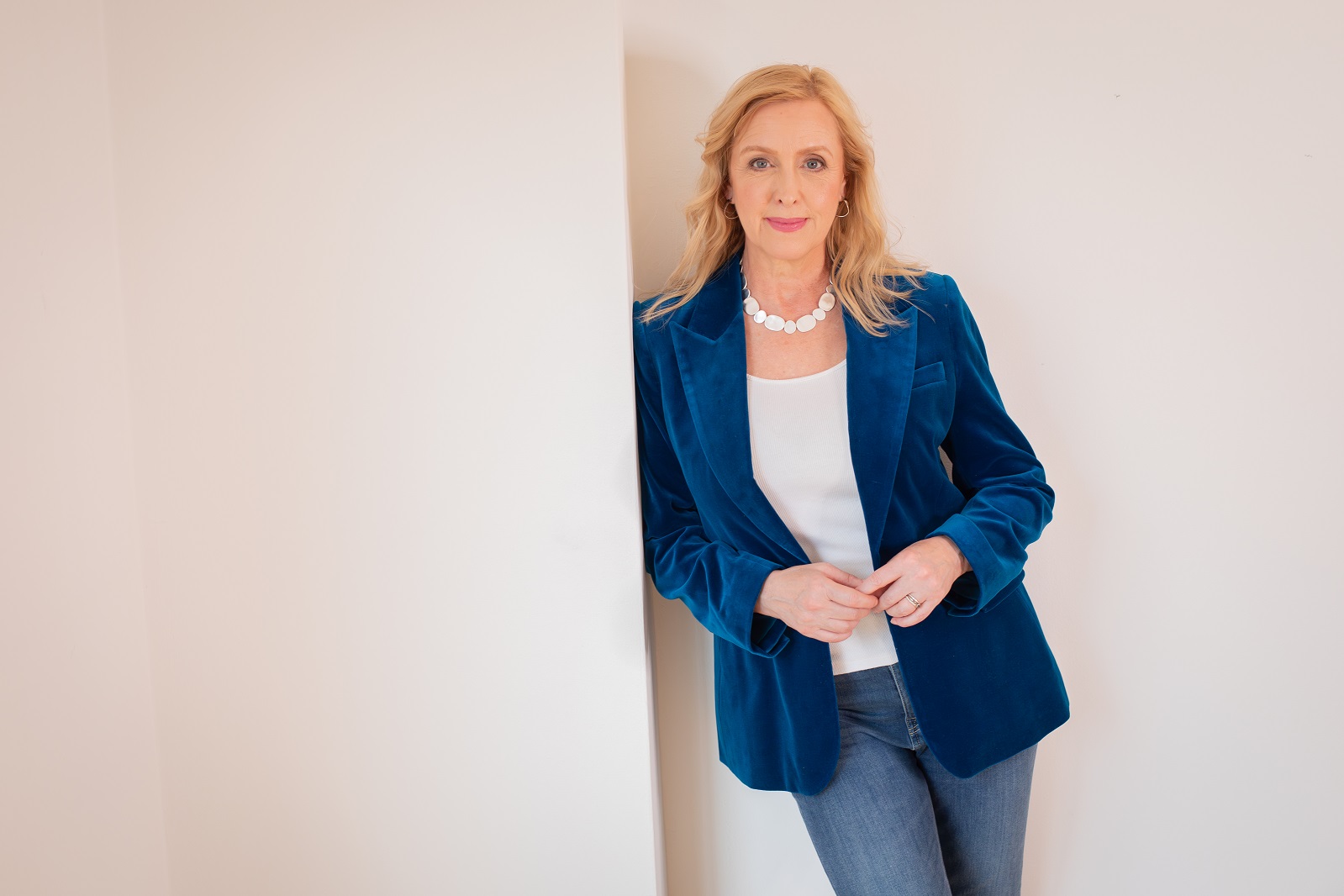Consumer confidence remains high in the Midlands as spending intentions exceed pre-pandemic levels
20 July 2021
Consumer confidence remains at its highest level since PwC started the Consumer Sentiment Index back in 2008, rising two percentage points on March’s previous record high. At +10, consumer confidence is now 36 points higher than it was at the start of the pandemic nationally. This increase comes despite the enforced delay to the easing of all restrictions announced by the government in June.
However, sentiment towards spending is beginning to plateau as consumers become more measured in their spending intentions, following the pandemic.
There is a high level of consumer confidence across all age categories driven by the success of the vaccine rollout. There was a noticeable improvement amongst the 35-65 age groups who were offered vaccinations between March-June. Despite a slight levelling off, those under 35 remain the most positive, even before the impact of a vaccine bounce.
Consumer sentiment is net positive across all regions but especially in London (44%) and also in the Midlands, where 32% in the East Midlands and 30% in West Midlands believe they will be better off over the next 12 months.
Confidence may be slightly stronger than in the previous March survey, but the majority of people think things aren’t quite back to normal yet, and are reassessing their timescales for a return to pre-pandemic norms. Previously, most thought things would be back to normal by Autumn 2021; now, while the results are more polarised, 63% don’t expect it to happen until at least 2022 (vs 27% when asked this question at the start of the year).
Many are prepared for some pandemic related disruption to their Christmas 2021 plans, with a third of people expecting to stay at home with only immediate family again this Christmas, compared to 24% in a normal year. The good news is that looking ahead to Christmas spending, one in four expect to increase spend on toys and games, homeware and furniture, with 22% of those wanting to make Christmas extra special this year.
Category spending priorities are now closer to pre-pandemic patterns. Hospitality and leisure activities are expected to enjoy increased spending but these have waned slightly from the initial exuberance when the sector reopened. In March the ratio was 3:1 in favour of spending more on going out but now the same number of people expect to spend more as spend less in this category.
Home is another category where an increase is expected. That focus has largely been driven by three factors: people being at home more, redirected holiday spending, and the current boom in the property market. Conversely, intention to spend on fashion and holidays has begun to level out.
Sarah Phillips, Midlands consumer markets lead at PwC, said;
“It’s fantastic to see consumer sentiment remain buoyant as we begin to emerge from the pandemic and most lockdown restrictions are lifted. The record high levels of optimism we saw in the Spring have been sustained with only some category spending intentions waning slightly, as people adopt a more measured approach. It is also great to see that early indications for Christmas are that 1 in 5 expect to spend more.
“However, consumer optimism does need to be balanced against the impact of the tapering of government financial support, which may see some demographics struggle disproportionately. There is a potential for the wealth divide to be exaggerated by the end of the furlough scheme and greater post-pandemic job insecurity affecting the young and less affluent.
“Overall, though, we do see that high sentiment levels usually translate into increased spending. However, as restrictions come off and leisure rebounds, consumers now have an increased amount of choice over where to spend and what to spend on. Retailers and operators will have to work hard to persuade consumers to spend with them. It’s crucial to both get the basics right and continue to invest in price, offering and accessibility whilst capitalising on emerging consumer trends.”












